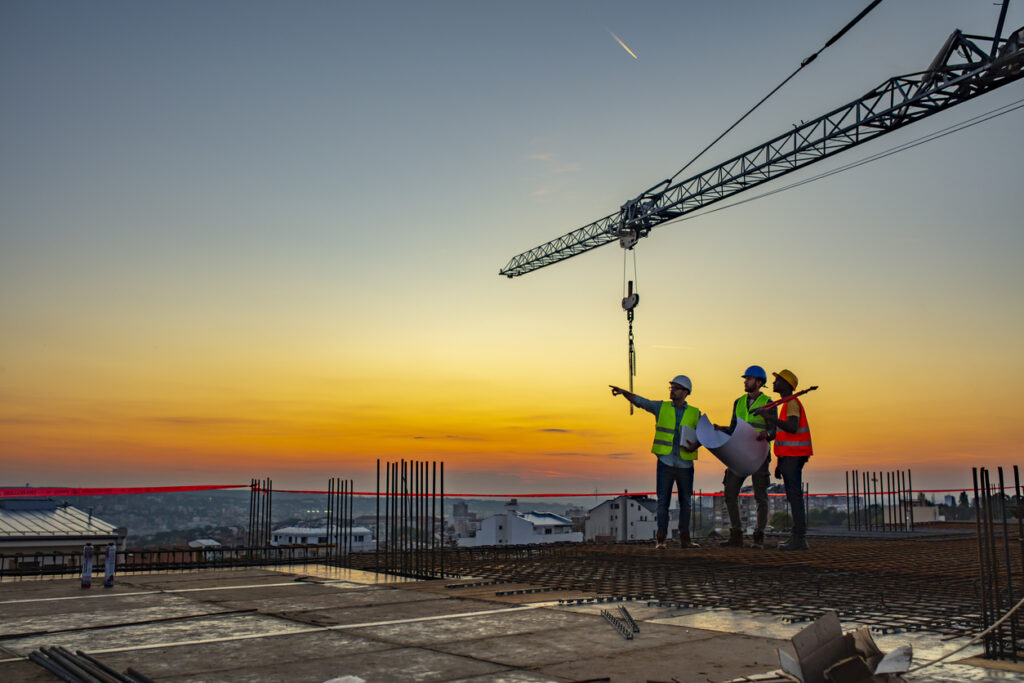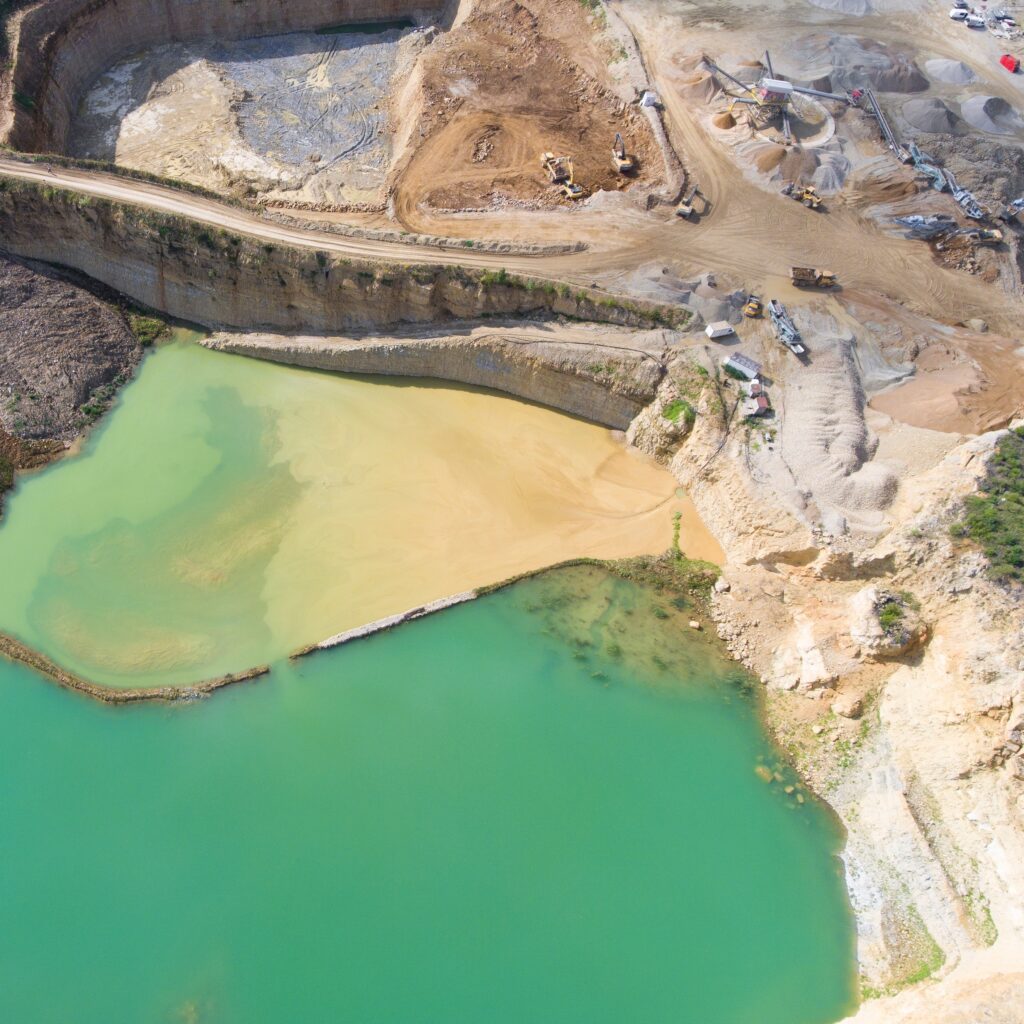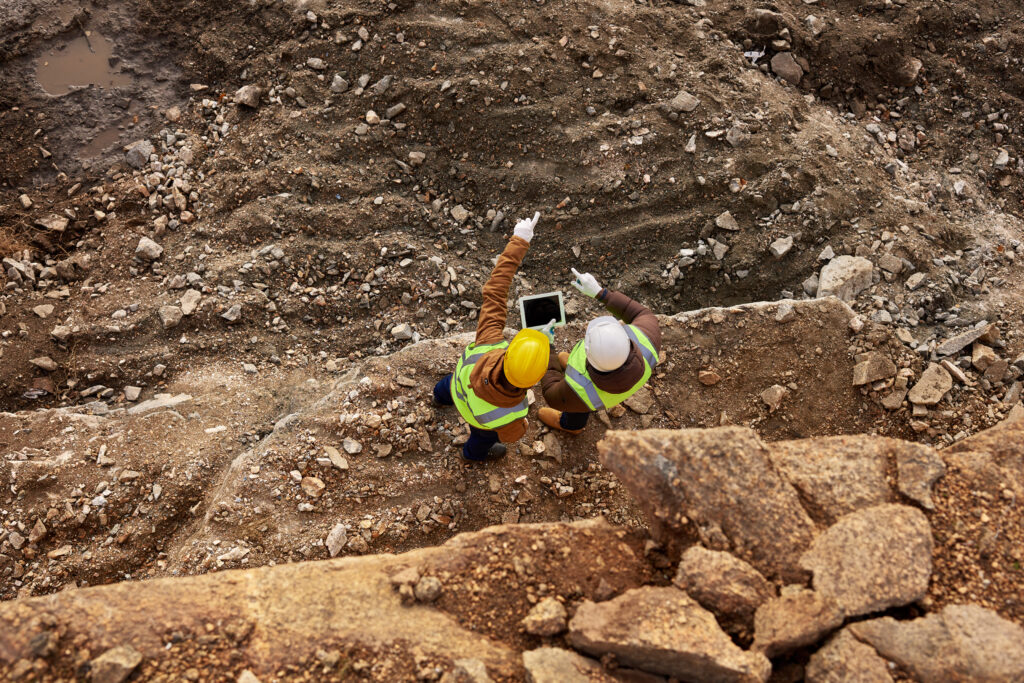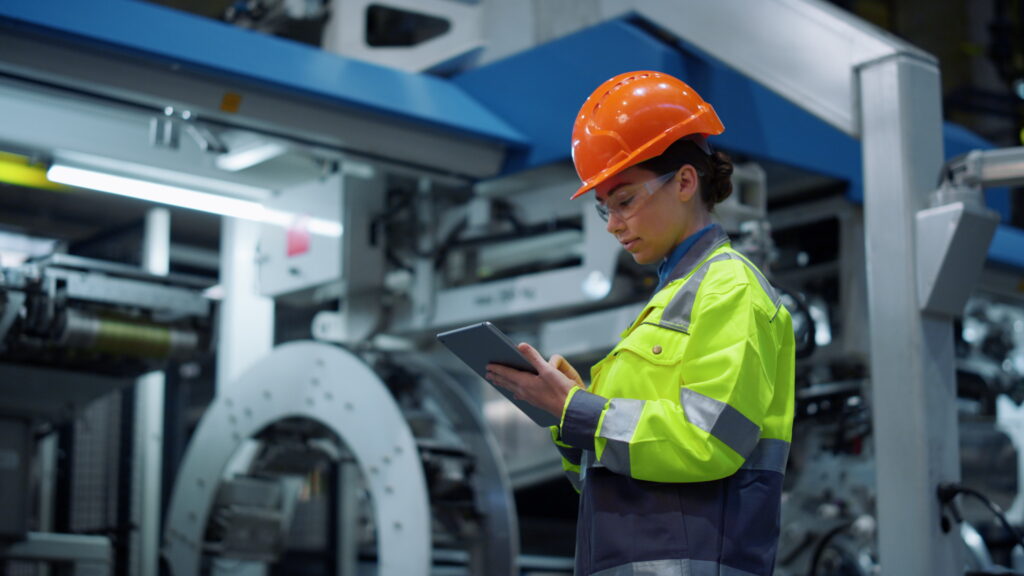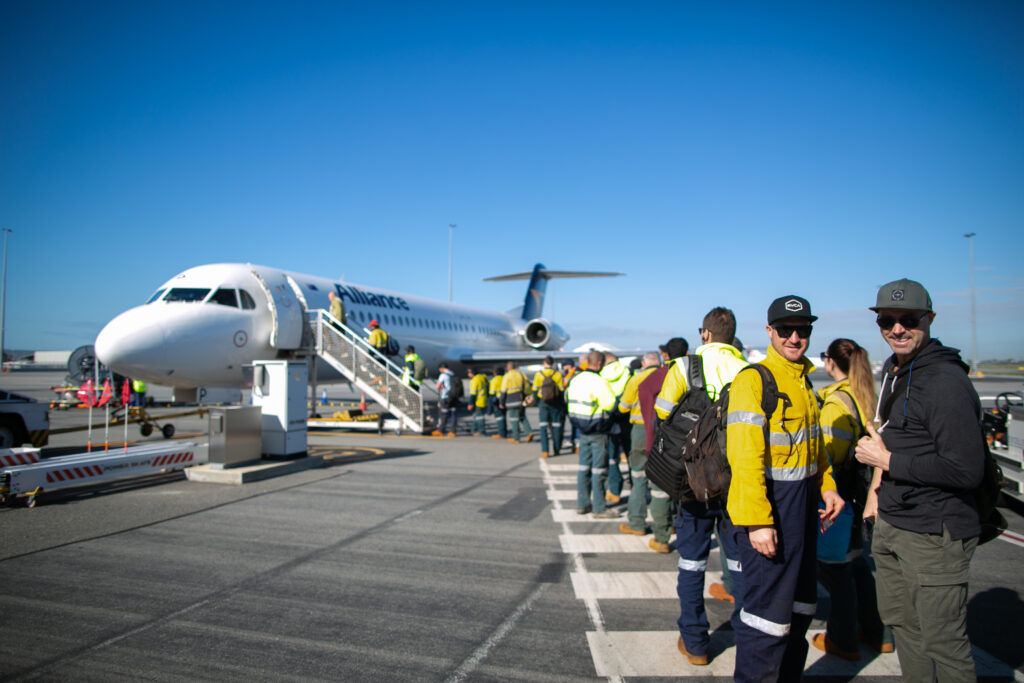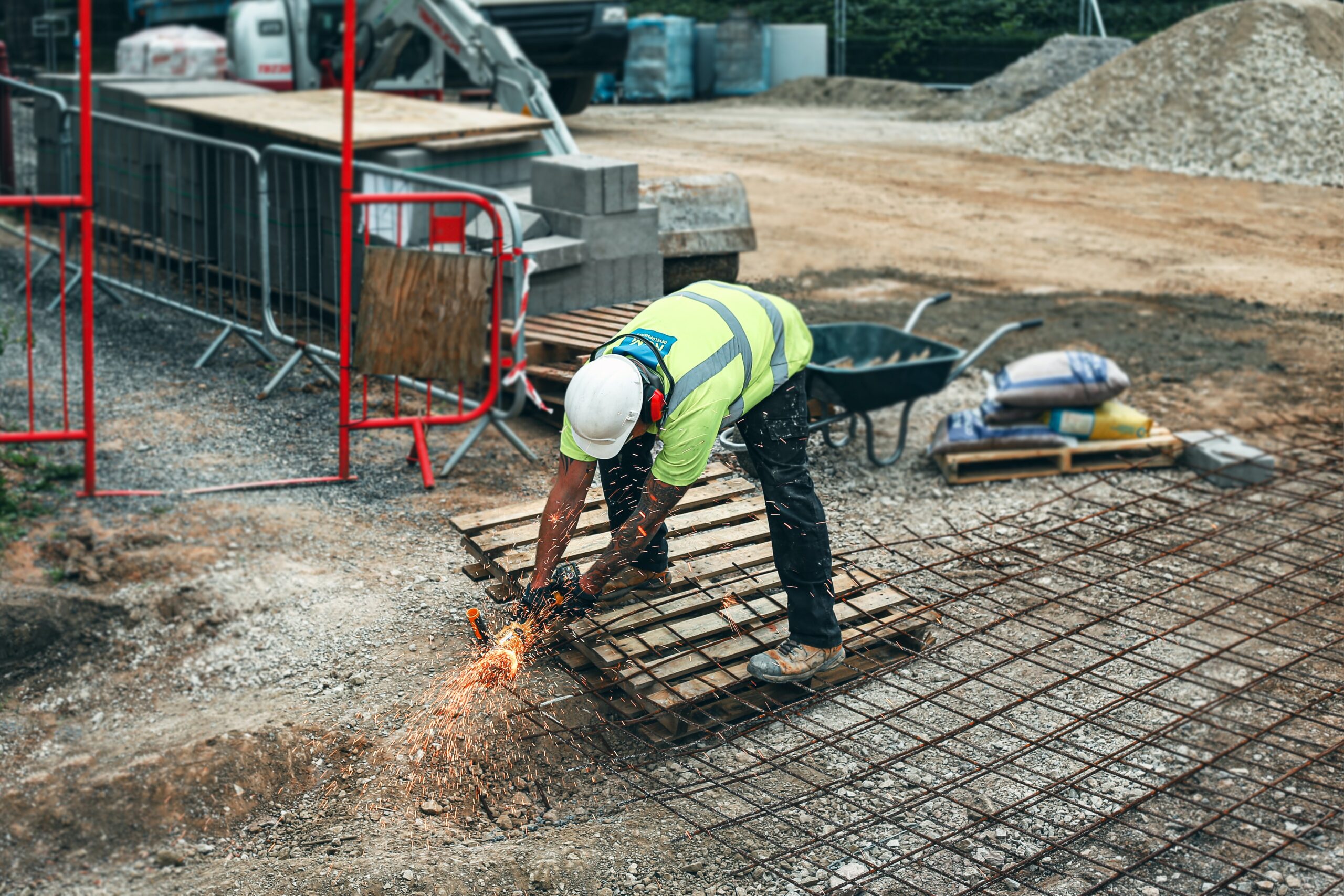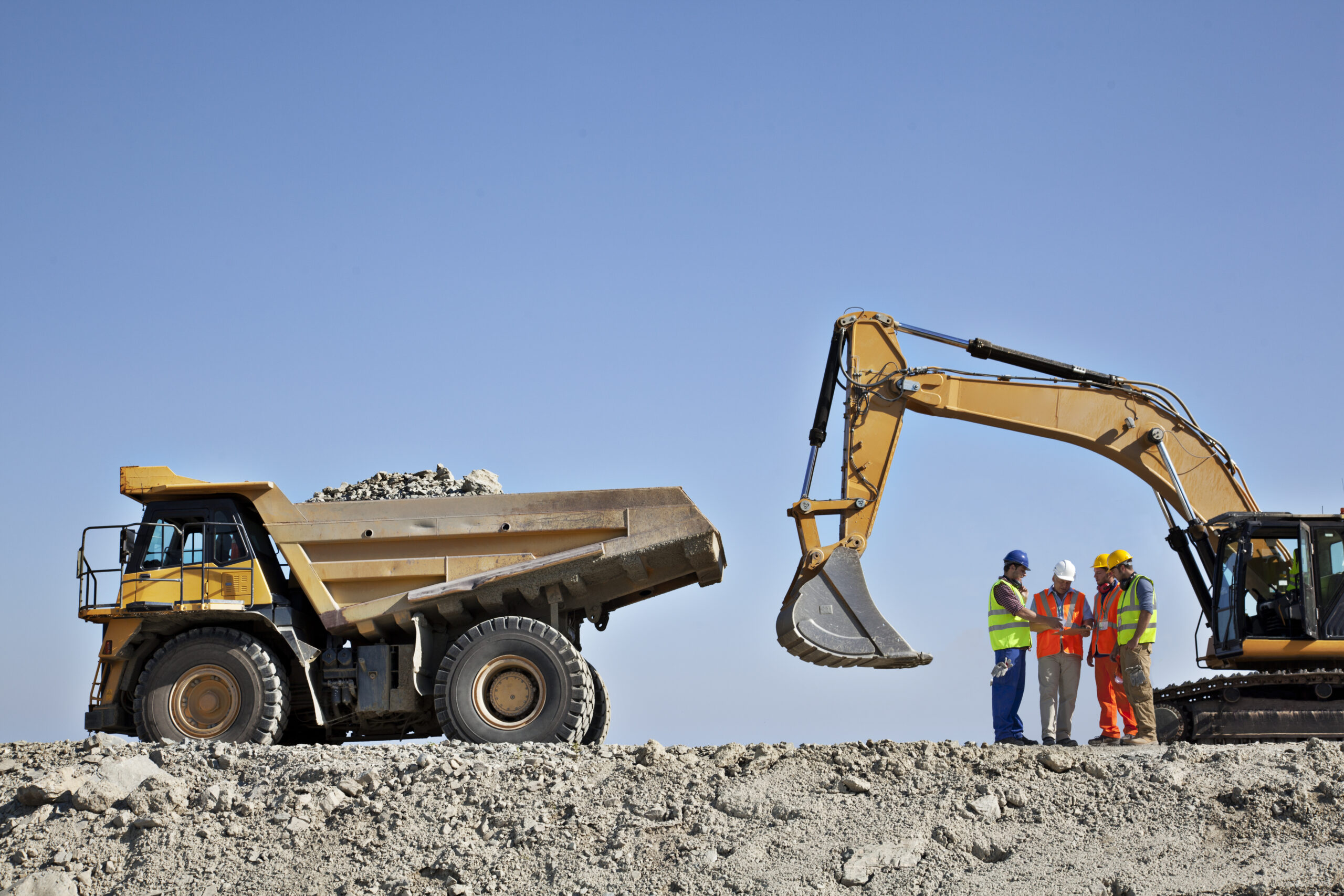As Tradie Health Month approaches in August, it serves as a poignant reminder of the significance of prioritising the health and well-being of tradespeople.
According to the Australian Bureau of Statistics, the occupation groups with the highest rates of work-related injuries were machine operators and drivers (6.5%), labourers (5.7%) and technicians and trades workers (5.3%), which underscores their vulnerability and emphasises the critical role health and safety measures play in their profession.
Taking proactive steps to safeguard the physical and mental health of trades workers is not only imperative for their well-being but also crucial for fostering a safe and sustainable work environment.
What is a ‘tradie’
A tradesperson or “tradie”, is classed as a technician or trades worker, labourer or machinery operator and/or driver.
Taking a holistic approach
Promoting good movement habits and conducting workplace health and safety training that includes the likes of safe lifting techniques are steps tradies can take to reduce the risks of getting injured at work.
A training, compliance and physical health ongoing regimen is a great way to manage tradie health and safety.
Training
As part of the onboarding experience, tradies can expect to go through an orientation of the site/s they will be working on and the general etiquette to follow. This will include the use of personal protection equipment (PPE) required for them to undertake their activities safely.
Depending on the job, tradie PPE can include protective clothing, helmets, glasses or other equipment designed to protect the body from injury or infections.
Workplace training, whether face-to-face or undertaken online as a series of compliance e-learning will feature general occupational health and safety fundamentals including safe manual handling.
The training requirements for a tradesperson may extend to working at heights or involve handling hazardous chemicals depending on the high-risk nature of the role.
These types of training topics come under the banner of work health and safety (WHS) and WHS laws. Some subjects may require annual refresher training to maintain ongoing worker and organisational compliance.
Compliance
Employers can protect tradies and manage risk by ensuring compliance and safety. Contractor management systems enable the thorough management of contractors via a single platform. The system captures and verifies vital information and ensures everyone is trained, qualified and ready to work across your entire company.
It may also allow the monitoring of visitor management and worker levels, to be compliant with the number of people on site. A contractor management system can include workplace digital training that can be assigned to individuals depending on the nature of their work responsibilities.
The system makes it easy for the tradie and the employer given it encompasses everything needed ‘to get the job done.
Physical and mental health
In 2022, Steel Blue and Beyond Blue released survey results asking trade workers and employers about the impact of mental health on them and their worksites.
Alarmingly, the inaugural survey found that, of the more than 900 respondents, one in three reported experiencing high or very high levels of psychological distress in the 30 days before completing the survey. Additionally, approximately half of all survey respondents reported experiencing feelings of hopelessness (54%), extreme sadness (51%) and worthlessness (48%).
A troubling revelation emerged from the survey; one out of every five participants admitted they would keep their depression concealed from others. Despite a significant portion acknowledging depression as a legitimate medical condition, it was disconcerting to learn that one in every twenty individuals viewed depression as an indication of personal weakness.
The survey shed light on the workplace repercussions of mental health, revealing that half of the respondents acknowledged a correlation between poor mental health and its impact on their physical well-being. This connection may stem from neglecting self-care practices.
Consequently, it becomes crucial to prioritise the fundamentals of good mental health, including maintaining a healthy diet, engaging in regular exercise, obtaining sufficient sleep, consuming alcohol in moderation, and refraining from illicit drug use.
A noteworthy finding from the survey was one of every four participants reported taking extended leave from work due to a physical injury sustained in the workplace. Among these individuals, more than half expressed the injury had a detrimental effect on their mental health.
This observation underscores the interdependence of physical and mental well-being, illustrating how issues in one domain can cascade and impact the other.
Does your organisation utilise the benefits of a contractor management system?
As we’ve touched on above, the employer can best support the tradie through maintaining compliance and high-level best practice processes.
With a contractor management system, the organisation will quickly reduce costs and increase operational efficiency
- Knowing who’s working for you
- Knowing where they are
- Reducing administration and costs
- Meeting your regulatory obligations
- Easily resourcing your next project
- Having more time
For example, is the tradie qualified and insured to work on your sites? The appointed person or team within the organisation can check if the tradie is suitably insured and qualified and that they understand the processes, risks, and hazards of working at each site or across your entire company.
Digital contractor and visitor site management
Monitoring access and safety across every site becomes easy as you can replace the attendance book, and monitor the movements of every visitor, contractor and employee across your entire organisation.
Critical business information delivery before arriving at site
Deliver your critical business information before your workers commence work.
When your workers are trained, there is less risk of onsite accidents and unsafe behaviour taking place. When your workers are compliant with workplace policies, there is less risk of unauthorised conduct or underqualified workers being assigned to jobs.
Ensure your team is fully trained and compliant with workplace regulations before they start work or even enter a worksite.
